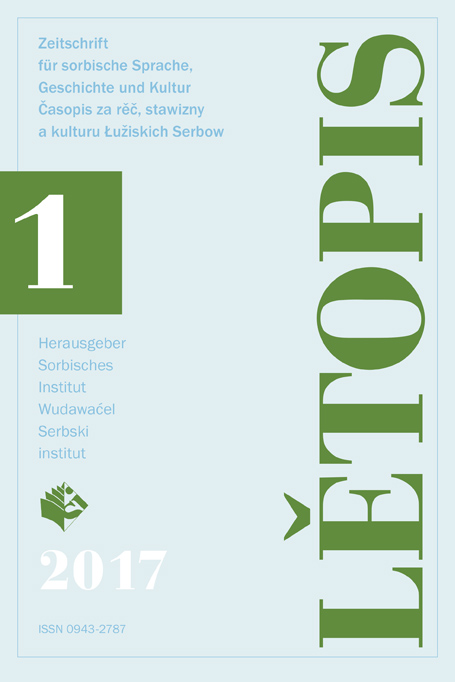Flexionsmorphologische Komplexität im Ober- und Niedersorbischen: Genus und Flexionsklassen
Inflectional Morphological Complexity in Upper and Lower Sorbian: Gender and Classes of Inflection
Author(s): Thomas MenzelSubject(s): Language studies, Language and Literature Studies, Morphology
Published by: Domowina-Verlag GmbH / Ludowe nakładnistwo Domowina
Keywords: flexion; morphology; lesser used language; upper; lower sorbian; inflection; language complexity
Summary/Abstract: This work represents the first attempt at a comparative analysis of selected phenomena of inflectional complexity in Upper and Lower Sorbian. We start from the assumption that complex structures in inflectional systems do not appear by accident, but are dependent on general tendencies in language change. The conditions for the preservation or extension of inflectional complexity can be ascertained by a comparison of genetically related languages and are geared to the sociolinguistic circumstances. In this sense a linguistic comparison for Sorbian is also interesting when raising theoretical questions relating to language contact and language change. Only those grammatical categories are examined in the present study, which have an internal morphological basis, as they serve to classify paradigms: gender, subgenera (animacy and personality) and the system of inflectional classes. It transpires that the inflectional system of Upper Sorbian is less homogeneous with regard to its category base and is more complex than that of Lower Sorbian. However, Lower Sorbian is more complex in the structure of its inflectional classes: standardising innovations, which are typical of Upper Sorbian, or at least of some of its dialects, occur infrequently in Lower Sorbian. Also, the relationship between dialects and the written language can influence the diachronic development of the inflectional categories.
- Issue Year: 2017
- Issue No: 1
- Page Range: 87-112
- Page Count: 26
- Language: German
- Content File-PDF

